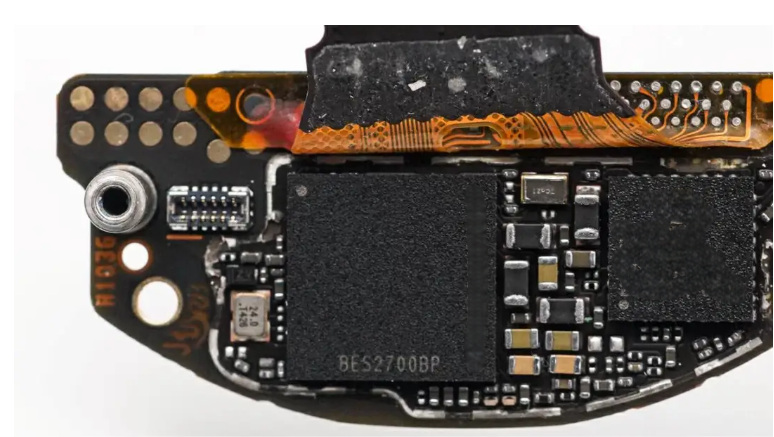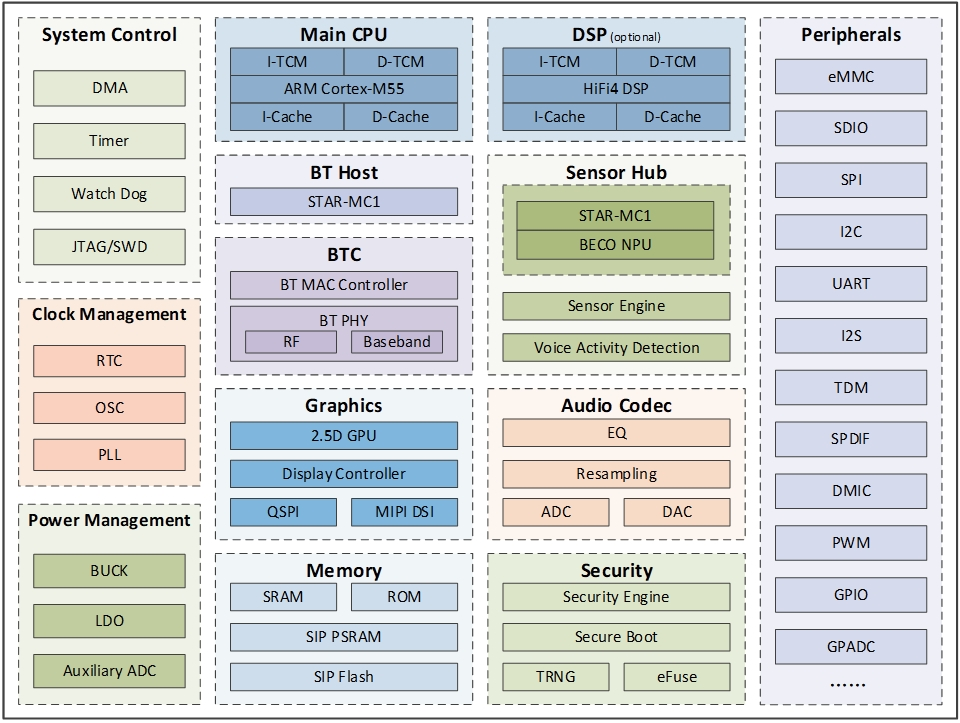AI glasses are a type of smart glasses that integrate AI technology. They have an independent operating system and can install various software applications just like a smartphone, enabling multiple functions such as voice control, Bluetooth headset functionality, translation, navigation, sunglasses mode, travel assistance, and chat services.
Currently, AI smart glasses can be mainly categorized into three types: smart glasses without a camera, smart glasses with a camera, and smart glasses with a display screen.
(1) Smart glasses without a camera mainly refer to those that integrate modules such as audio and wireless communication, focusing on functions like AI voice interaction, listening to music, and making calls. For example, the Meta Lens Chat by Liweike does not have a camera and weighs 43 grams.
(2) Smart glasses with a camera can further provide the ability to take images. The product form is a combination of ordinary glasses (myopia glasses), a wireless headset, and a high-definition camera. At the same time, based on AI software algorithms, functions such as image recognition can be achieved. For instance, the RayBan Meta by Ray-Ban weighs 50 grams.
(3) Smart glasses with a display screen (that is, AI + AR smart glasses) mainly integrate AR optical display technology. The product form is a combination of visual interaction glasses that combine an optical engine and a waveguide element, an audio interaction sensor, a high-definition camera, and various other sensors. They can not only output real-time display images but also perform 3DoF recognition functions such as gesture interaction in conjunction with the camera module. For example, the Rokid Glasses weigh 49 grams.
AI + AR smart glasses are expected to become the ultimate ideal form of AI smart glasses. However, the overall completion level of the products still requires further breakthroughs and iterations in both hardware and software.







